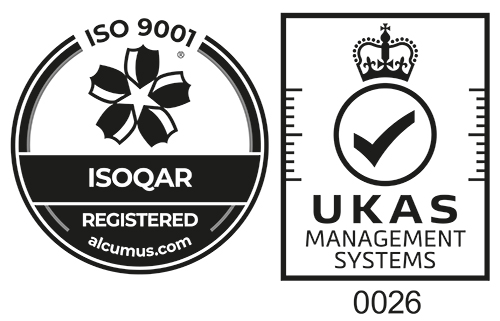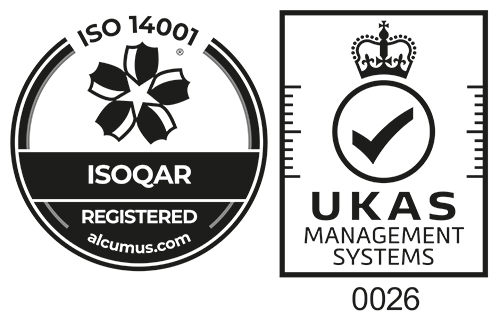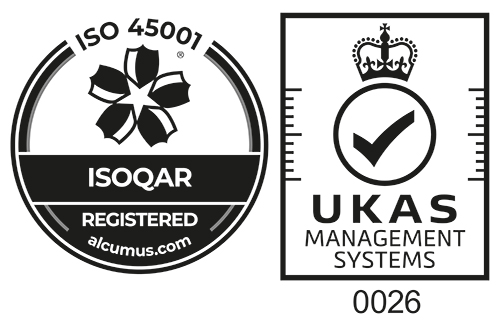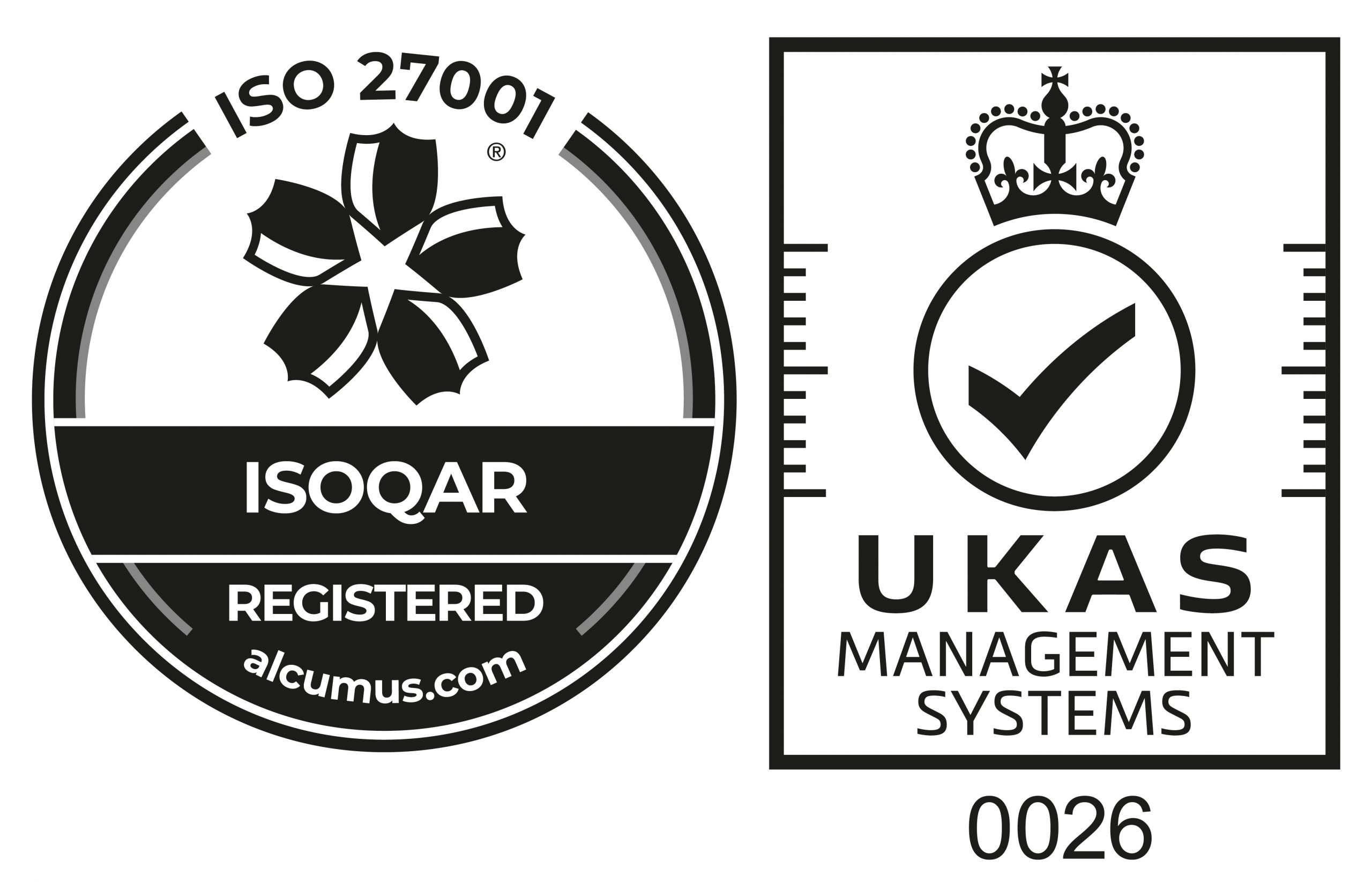Considering the scope and complexity of the construction sector and the statistics relating to the number of incidents, accidents, fatalities and ill health, there is no doubt that the effective management of health and safety risks for workers should be highlighted.
This is one of the main health and safety challenges that the construction sector faces. Evidence proves that a number of accidents and ill-health situations have occurred because of poor management of such risks by employers, especially in the construction sector where the nature of risk is very complex, with various on site activities going on, often at the same time.
[vc_video link=”https://www.youtube.com/watch?v=0OPQUmy47OI” el_width=”60″ align=”center”]
According to a recent health and safety article published, the rise in injuries on construction sites last year is because of lack of adequate training and instruction for workers and is an increasingly common factor in health and safety prosecutions.
Some of the causal factors that could lead to unplanned or unwanted incidents involving workers are lack of health and safety awareness, poor communication levels, risk perceptions, cultural and religious differences, poorer skill sets, attitudes, level of supervision and pressure from managers, among others.
Employers that engage new workers on site need to ensure sufficient and suitable risk control measures, both preventive and remedial, are on site and proportional to the risks posed by new operatives. A suitable risk assessment of the individual worker should be carried out to ascertain the level of risks faced by them. Failure to pay special attention to new set of workers leaves them more vulnerable to risks and invariably could become an accident waiting to happen.
The outcome of individual risk assessments will enable a planned and safe system of work to be put in place, which will take care of individual circumstances. HSE states that it is unquestionable that new employees, especially the self-employed and agency workers, are generally more exposed to risk than others who have been in the workplace for a year and beyond.
Managing the health and safety risks of workers starts by carrying out a risk assessment that takes into account the needs of each individual. It should be adequate enough to deal with all risk factors and should be reviewed regularly to take on board any vital changes that make be required. Prior to engaging workers with any training, it is essential that employers resolve some of the issues that could affect how an operative can work safely on site.
Apart from the aforementioned risks faced, some functional skills such as numerical and literacy, level of health and safety awareness, competences in relation to the job and relevant work experience should be assessed as well. Clearly, any worker who possesses the ‘required’ functional skills will be more valued.
A good level of literacy alongside the ability to read and understand relevant language used in a workplace is vital to risk communication. Risk communication is an important tool in health and safety management. To achieve effective risk communication, the employees cannot afford not to be able to read and understand simple health and safety words and signs used to convey safety information in the workplace. The vulnerability of such workers is increased by their inability to communicate.
Sometimes a non-English speaking worker will find it difficult to understand safety briefings, toolbox talks, method statements or safe systems of work. Identifying such deficiencies needs to be done during the induction process. It is crucial that at this point that employers should test the levels of health and safety awareness of the workers so that they can focus on what safety training is needed and to make any referrals if necessary.
The use of multilingual supervisors at work or even translators during induction, task briefings, safety briefings, and replacing written notices with symbols or diagrams will be very useful. Teaming up inexperienced workers to teams with more experienced ones must be encouraged too. Failure to address these issues will leave any worker especially a non-English one vulnerable to risks, which could also affect others.
Competence is another crucial issue and it is vital that workers have the required skills, training, knowledge and experience. Having all of these enables any worker to carry out his job more safely and invariably helps to raise and maintain safety standards.
Employers should check competence cards or qualifications with appropriate accreditation agencies to confirm authenticity and make sure they can be matched with the required standard. Where there is a gap, supplementary training should be recommended. Frequent supervision is also advised so that managers can spot any areas for improvement.
Important and correct measures must be taken to make sure accidents and fatal incidents are avoided at work. If the employers don’t allow their projects to be run on a safe & secured competency system such as Mosaic Management Systems, then they are putting their businesses, themselves and their workers in serious jeopardy.






